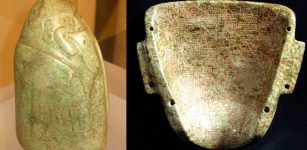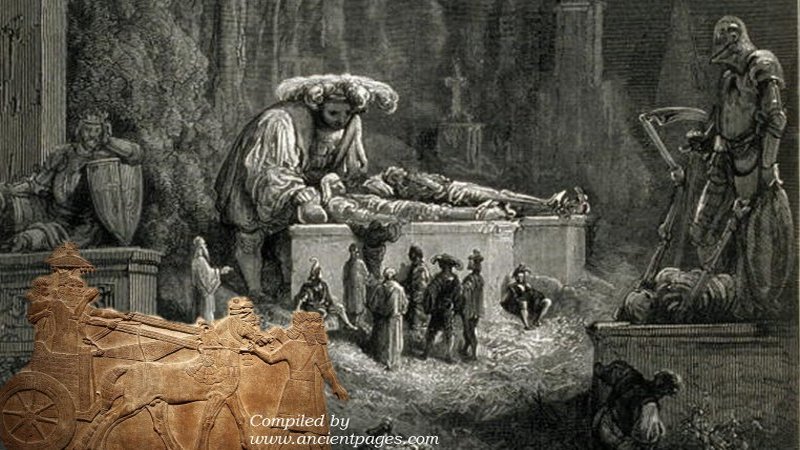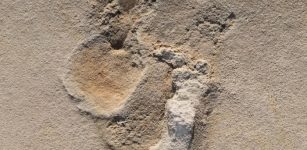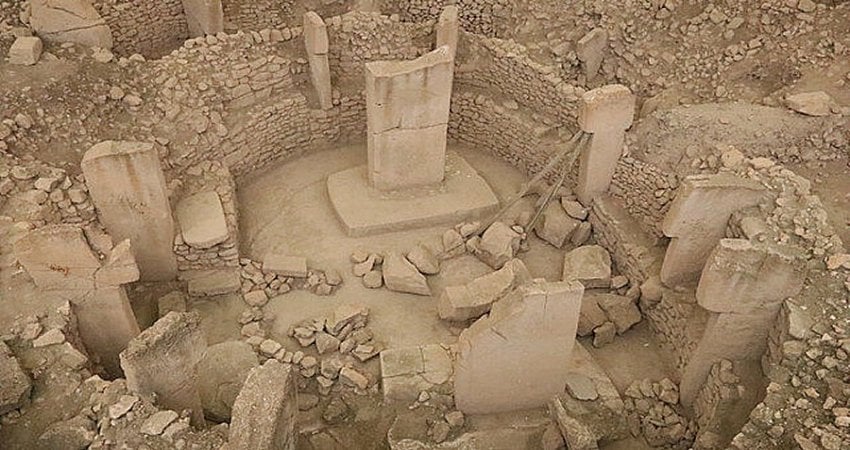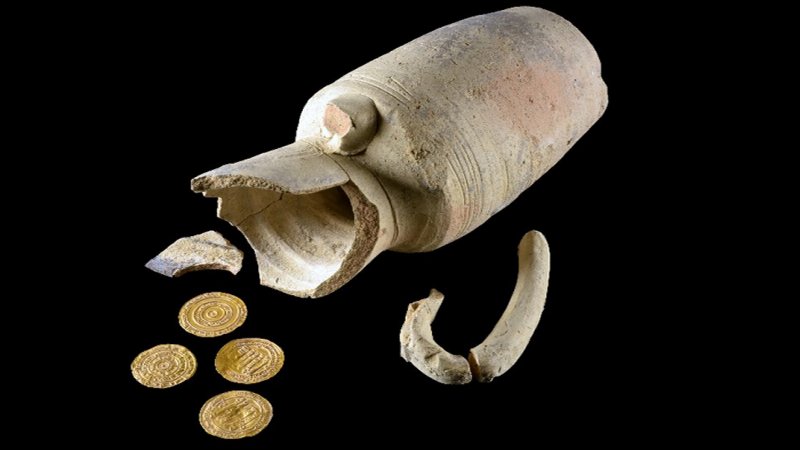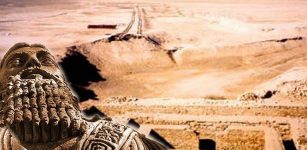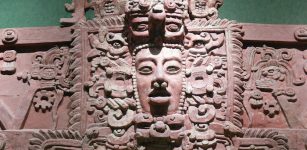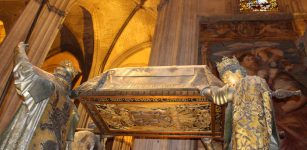Taharqa – The Most Powerful Of The Black Pharaohs
MessageToEagle.com – Ancient Egypt is often depicted as an autonomous, stand-alone realm, one that remained untouched and unaffected by the African cultures that surrounded it.
There is however historical evidence that the balance of power shifted, where the cultures of Egypt and the rest of Africa met and mingled, prompting a revival and reinterpretation of Egyptian customs, gods and cultural modes of expression.
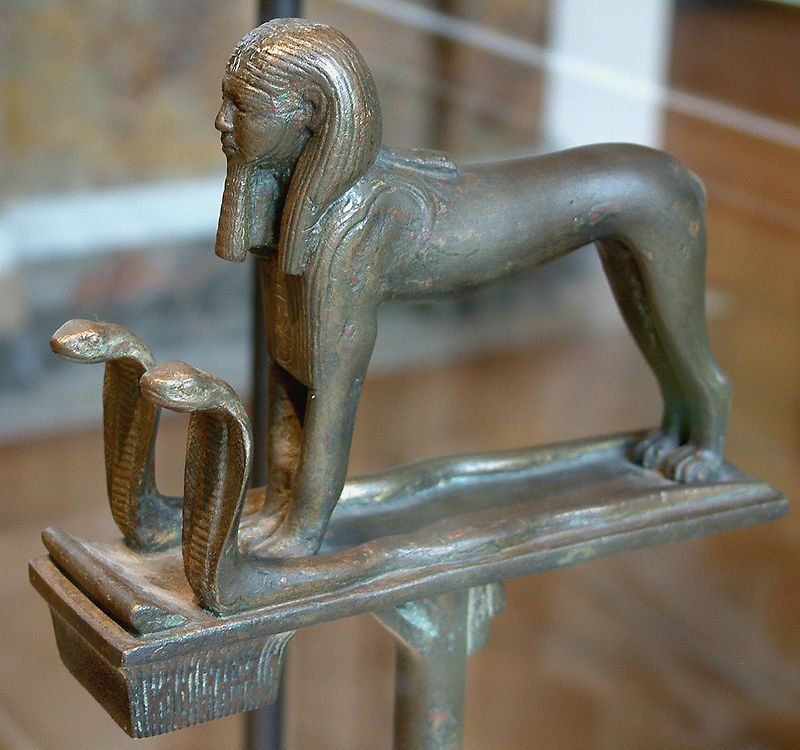
For more than 2,000 years, Egypt was by far the stronger player in the balance of power between itself and its neighboring kingdom to the south, Nubia.
Taharka was the most powerful of the black pharaohs
Taharqa was the son of Piye and the cousin and successor of Shebitku He was the Nubian king of Napata and came from the Kushite tribe in Nubia, (modern Sudan). He was a pharaoh of the Ancient Egyptian 25th dynasty and king of the Kingdom of Kush, which was located in Northern Sudan. He reigned between 690 and 664 BC.
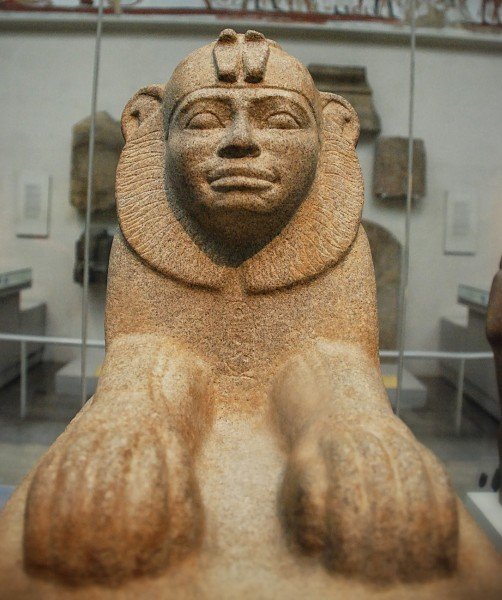
Taharqa, “The Black Pharaoh” focuses on a particular chapter in the history of Egypt: from around 750 BCE and in the century that followed, the Nubian rulers upset this balance, seizing power of Egypt.
Taharqa – life and death of the pharaoh
When Shabaka conquered Lower Egypt and became Nubian king, he was accompanied by his nephew Taharqa, who was about age 20. Later, during Shabaka’s reign as pharaoh, Egypt confronted the growing might of Assyria on the battlefield.
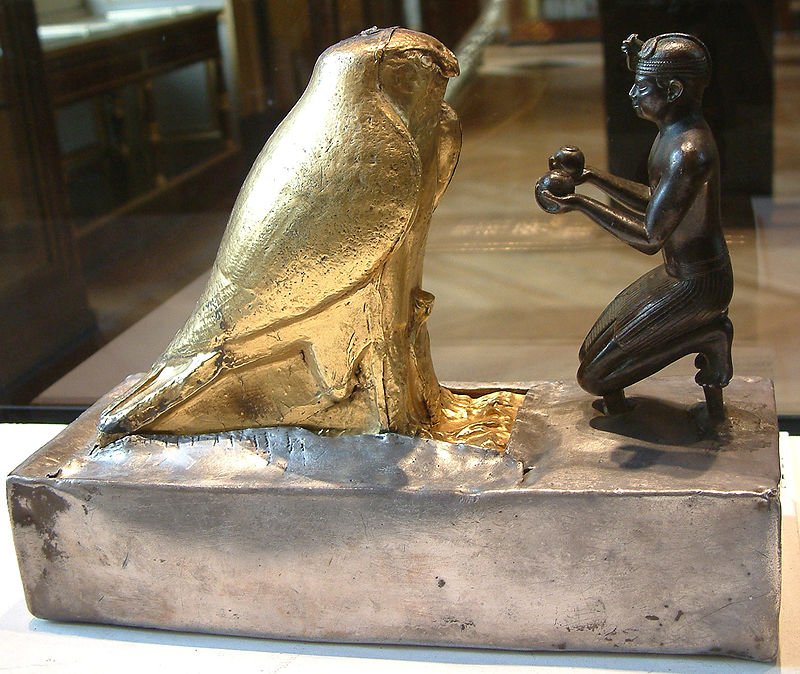
During this encounter, Taharqa was at the head of the Egyptian army. However, from a historical point of view it remains unclear whether the two forces actually fought. Taharqa’s brother Shabataka succeeded Shabaka, and he made Taharqa his coregent in order to assure his succession. About 688 B.C., approximately 23 years after Nubian rule had been imposed over Egypt, Taharqa assumed the throne in his own right.
The next few years were peaceful. Taharqa wanted to have control and knowledge of significant events in the neighboring Asian countries. He therefore decided move his capital to Tanis in the Delta.
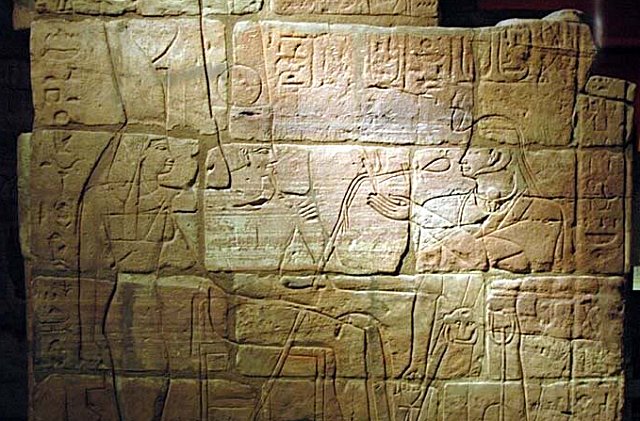
By 671 B.C. Egypt and Assyria again approached a confrontation, so Taharqa prepared to fight for the continued survival of Egypt. But the Assyrian king, Esarhaddon, crossed the Sinai Desert and defeated Taharqa’s army on the frontier. In 2 weeks he was besieging Memphis. The Egyptian army crumbled under the attack of the better-disciplined Assyrian army, which was armed with iron weapons.
Taharqa fled to Upper Egypt, leaving Esarhaddon to take control of Lower Egypt. Two years later Taharqa returned with a fresh army and managed to recover control of the Delta, but this success was short-lived, and Esar-haddon’s successor, Ashurbanipal, drove Taharqa south again.
See also:
Ancient Great City Of Napata In The Kingdom Of Kush
Abu Erteila’s Lost Temple And The Meroitic Empire: New Discoveries Shed Light On Nubian Civilization
This was his final defeat and he never again tried to campaign in the north again. Egypt then entered into a long era of successive foreign rulers.
Taharqa was described by the Ancient Greek historian Strabo as having “Advanced as far as Europe”,and (citing Megasthenes), even as far as the Pillars of Hercules in Spain.
In biblical depictions, he is the savior of the Hebrew people, as they are being besieged by Sennacherib (Isaiah 37:8-9, & 2 Kings 19:8-9).
Taharqa died in the city of Thebes in 664 BC and was succeeded by his appointed successor Tantamani, a son of Shabaka. Taharqa was buried at Nuri – North Sudan.
Evident archaeological traces of the Nubians in ancient Egypt
During his period of Egyptian rule Taharqa encouraged many architectural projects. The same can be said bout his Nubian predecessors. He erected monuments at Karnak, Thebes, and Tanis in Lower Egypt, and he built a number of important temples in Cush, as the Upper Egyptian Nubian state was then known.
Taharqa’s large temple in Kawa, was built on the orders of Taharqa and dedicated to the sun and fertility god Amun-Re. It was intended to give help to Taharqa in ruling over his large kingdom.
It was abandoned in the 3rd Century AD and lay buried in sand until excavations in 1930.
Taharqa’s shrine is the largest intact Egyptian building in this country.
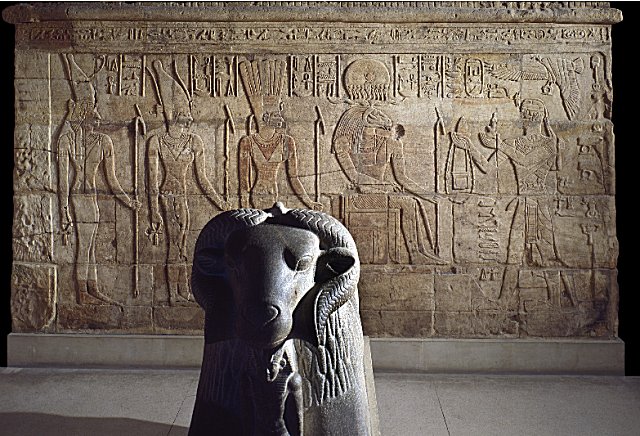
Archaeologists excavating in Egypt have discovered temples finds with Nubian inscriptions and well as highly sophisticated Nubian artifacts inside tombs and palaces. Many of the archaeological finds on were excavated in Meroë and Kawa in present-day Sudan.
Archaeologists and historians have been working hard to preserve the ancient Nubian legacy. Two large stelae, for example, that were completely smashed during transit from Sudan some hundred years ago have now been put back together.
The invading forces from the south appear almost more Egyptian than the Egyptians themselves. Pyramids are built, old traditions and gods are revived, and hieroglyphs and Egyptian iconography are appropriated by the new regime.
African roots of the Nubians are apparent in connection with their funerary customs, as well as to how their culture remained strongly influenced by Egypt even after they retreated back to Nubia.
These fascinating findings clearly show Egyptian and African traits and cultures fuse together.
Copyright © MessageToEagle.com All rights reserved. This material may not be published, broadcast, rewritten or redistributed in whole or part without the express written permission of MessageToEagle.com
References:
Saint Louis University – Taharqa


